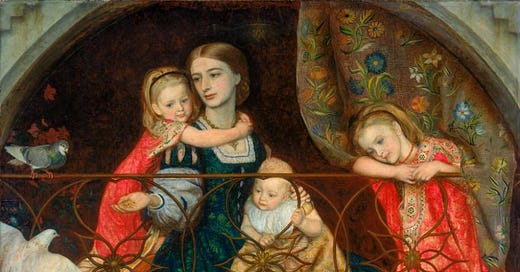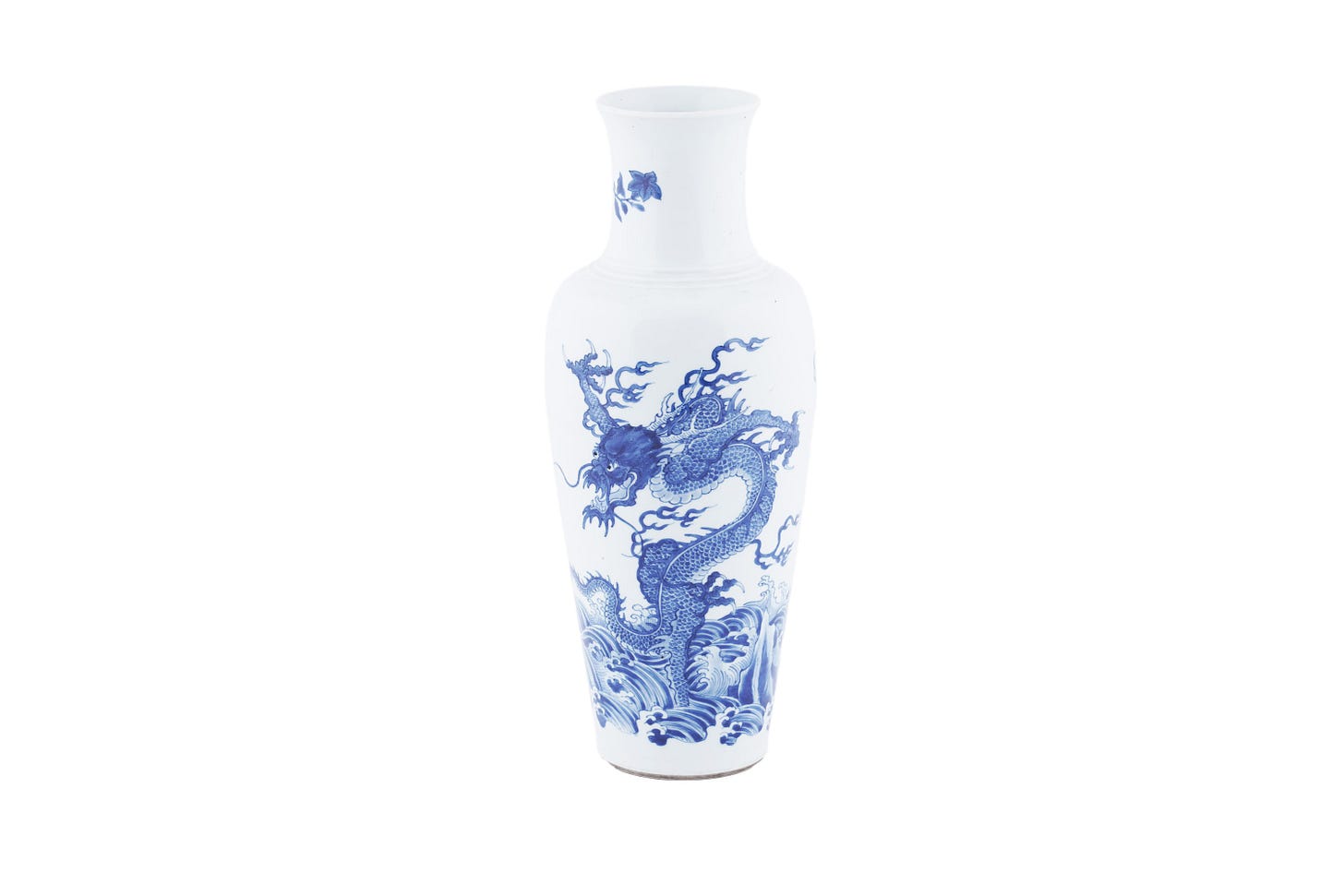Auction highlights a keen eye for art
Tony Henderson on the Tyneside industrialist who backed top artists
Tyneside industrialist James Leathart combined running his lead business with amassing a spectacular artworks collection.
He was a patron of the Pre-Raphaelite Brotherhood group of artists and many of his paintings are now in public collections, including the Yale Center for British Art.
Most of his acquisitions have been sold by members of the family as time has passed but now 14 lots of Chinese porcelain - some of the few items left from his collection – have been auctioned in Newcastle.
Top price for an item in the collection was £75,000, including fees, for a Chinese blue and white dragon vase in the Anderson & Garland sale.
Leathart, who was born in 1820 in Alston where his father was a mining engineer and prospector, married Maria Hedley, daughter of a prosperous soap manufacturer and Mayor of Newcastle.
In 1862 he commissioned the Pre-Raphaelite Dante Gabriel Rossetti to paint a portrait of Maria.
He also commissioned a picture of his wife and three of their children from Arthur Hughes (above), who was one of the younger generation of Pre-Raphaelite artists, which is on display at the Laing Art Gallery in Newcastle.
The couple, who had 10 surviving children, lived at Framlington Place, Newcastle, and after 1869 at the now listed Brackendene House in Low Fell, Gateshead. He died in 1895.
The lead manufacturer was also a patron of the American artist James Whisler, and his own portrait was painted by Ford Madox Brown.
Leathart had worked his way up through the firm of Locke, Blackett & Co. on Newcastle from his apprenticeship at the age of 14 through his own studies in chemistry and metallurgy, eventually becoming managing partner.
He was secretary of the Newcastle School of Art and a large part of his collection was commissioned directly from artists.
He also purchased many pieces of Chinese porcelain to expand his collection.
Despite Locke, Blackett & Co. being the largest lead-manufacturers on Tyneside, the company suffered financial losses from foreign competition in the 1870s.
Leathart was forced to sell some of his collection in the 1890s, and he died leaving an estate of £14,924.





